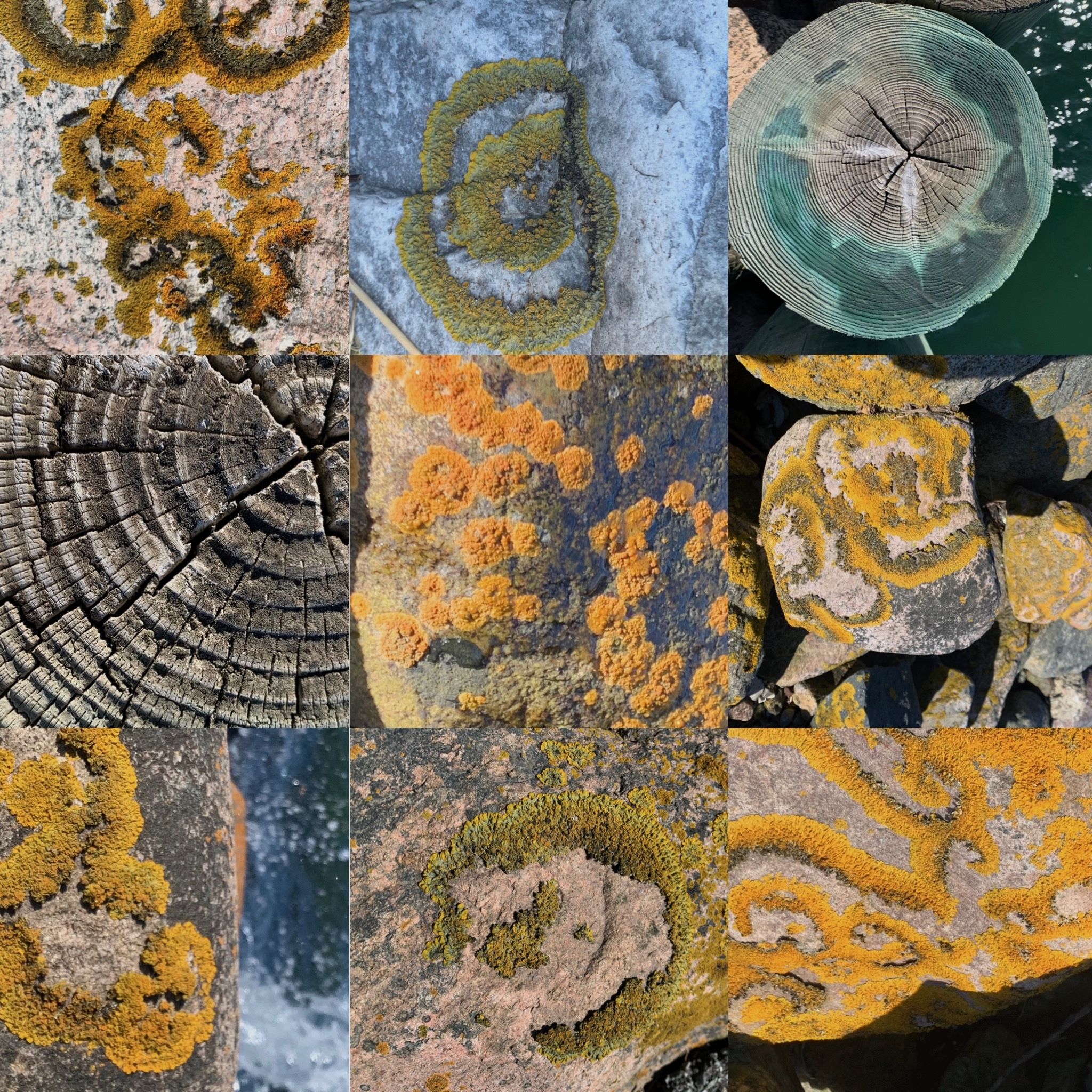(Imagining) Science for Troubled Times: A Mouse, a Bird, and a Threshold for Collaboration
DOI:
https://doi.org/10.17742/IMAGE.MM.12.2.9Abstract
Although biological life and human social complexity are fundamentally interdependent, biological and social researchers continue to perceive each other from across divides of theoretical, methodological, and institutional skepticism. This paper considers conversational boundary work between qualitative and quantitative scientists as an institutionalized rhetorical performance which throttles their cooperation, even in the face of the COVID-19 pandemic when it is most urgently needed. As an example, I look at the way familiar epistemological conflicts emerged out of collaboration between myself and a bioscientist during the spring of 2020, when co-participating in the Massive Microscopic Sensemaking Project, a 21-day international auto-ethnographic writing experiment.References
Allen, Joel Asaph. “Collation of Brisson’s genera of birds with those of Linnaeus.” Bulletin of the American Museum of Natural History, vol. 28, 1910, pp.317-335.
Appadurai, Arjun, ed. The Social Life of Things: Commodities in Cultural Perspective. Cambridge: Cambridge University Press, 1986.
Foucault, Michel. “Truth and Power.” Power/Knowledge. Selected Interviews & Other Writings 1972-1977 by Michel Foucault, edited by C. Gordon. Brighton: Harvester, 1980, pp. 109-133.
Fullwiley, Duana. The Enculturated Gene: Sickle Cell Health Politics and Biological Difference in West Africa. Princeton: Princeton University Press, 2011.
Fullwiley, Duana. “The Molecularization of Race: Institutionalizing Human Difference in Pharmacogenetics Practice.” Science as Culture, vol.16, 2007, pp.1-30.
Fujimura, Joan H., Bolnick, Deborah A., Rajagopalan, Ramya, Kaufman, Jay S., Lewontin, Richard C., Duster, Troy, Ossorio, Pilar and Jonathan Marks. “Clines Without Classes: How to Make Sense of Human Variation.” Sociological Theory, vol. 32, no.3, 2014, pp.208-227.
Gieryn, Thomas F. Cultural Boundaries of Science: Credibility on the Line. Chicago: University of Chicago Press, 1999.
Gilbert, Scott F. “The reactive genome.” Origination of organismal form: Beyond the gene in developmental and evolutionary biology. Edited by Gerd. B. Müller and Stuart A. Newman. Boston: MIT Press, 2003, pp. 87-101.
Henley, Paul. Beyond Observation: A History of Authorship in Ethnographic Film. Manchester: University of Manchester Press, 2020.
Kuhn, Thomas S. The Structure of Scientific Revolutions. Chicago: University of Chicago Press, 1962.
Latour, Bruno. “Why has Critique Run Out of Steam? From Matters of Fact to Matters of Concern.” Critical Inquiry, vol.30, 2005, pp.225-248.
Latour, Bruno and Steve Woolgar. Laboratory Life: The Construction of Scientific Facts. Beverly Hills: Sage Publications, 1979.
Levi-Strauss, Claude. Totemism. Translated by Rodney Needham. Boston: Beacon Press, 1962.
Linnaeus, Carl. Systema Naturae. Laurentius Salvius: Holmiae, 1748.
Lock, Margaret and Vinh-Kim Nguyen. An Anthropology of Biomedicine. Oxford: Blackwell, Ltd, 2010.
Moats, David and Nick Seaver. “You Social Scientists Love Mind Games’’: Experimenting in the ‘‘divide’’ Between Data Science and Critical Algorithm Studies.” Big Data & Society, January-June, 2019, pp.1-11.
Popper, Karl. The Logic of Scientific Discovery. London: Hutchinson & Co, 1959.
Ruben, Robert J. “The Mouse: From Pet to Paradigm.” Otology Japan, vol.15, no.3, 2005, pp.259-264.
Seaver, Nick. “Against Access: Two Ethnographic Vignettes, One Malinowskian Anecdote, a Claim about Corporations, Algorithms, and Anthropological Field Sites, and an Argument about the Sexual Politics of Knowledge.” Society for Social Studies of Science, Boston, 2017.
Serre, David and Svante Pääbo. “Evidence for Gradients of Human Genetic Diversity Within and Among Continents.” Genome Research, vol.14, 2004, pp.1679-1685.
Steiner, Christopher B. “Rights of Passage: On the Liminal Identity of Art in the Border Zone.” The Empire of Things: Regimes of Value and Material Culture, edited by Fred R. Myer, Santa Fe: School of American Research, 1996, pp. 207-232.
Stoller, Paul. “Doing Anthropology in Troubled Times.” HuffPost, 27 Nov. 2017. https://www.huffpost.com/entry/doing-anthropology-in-troubled-times_b_5a1c4300e4b0e580b35371c5
Stoller, Paul. “The Negotiation of Songhay Space: Phenomenology in the Heart of Darkness.” American Ethnologist, vol.7, no.3, 1980, pp.419-431.
Tanave, Akira and Tsuyoshi Koide. “A Role for the Rare Endogenous Retrovirus β4 in Development of Japanese Fancy Mice.” Communications Biology, vol. 3, no.53, 2020, pp.1-3.
Teienshi. Chingan Sodategusa (How to Raise Rare Mice). Kyoto: Zeniya Chobe, 1787.
Tsing, Anna L. Friction: An Ethnography of Global Connection. Princeton: Princeton University Press, 2005.
Turner, Victor. The Ritual Process: Structure and Anti-structure. Ithaca: Cornell University Press, 1991.
Wise, Jacqui. “Covid-19: Known Risk Factors Fail to Explain the Increased Risk of Death Among People from Ethnic Minorities.” BMJ 369: m1873.11 May 2020.
Downloads
Published
How to Cite
Issue
Section
License
Copyright (c) 2021 Rebecca Carlson

This work is licensed under a Creative Commons Attribution-NonCommercial-NoDerivatives 4.0 International License.

This work by https://journals.library.ualberta.ca/imaginations is licensed under a Creative Commons 4.0 International License although certain works referenced herein may be separately licensed, or the author has exercised their right to fair dealing under the Canadian Copyright Act.




